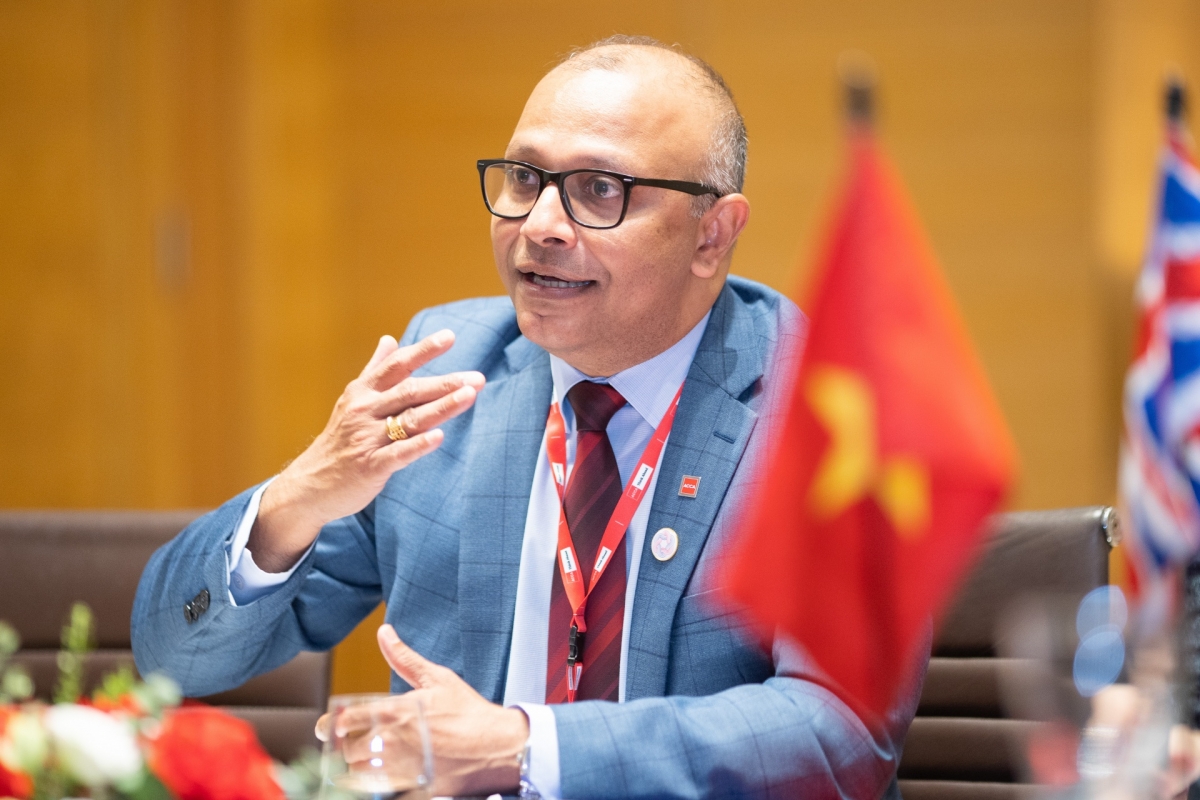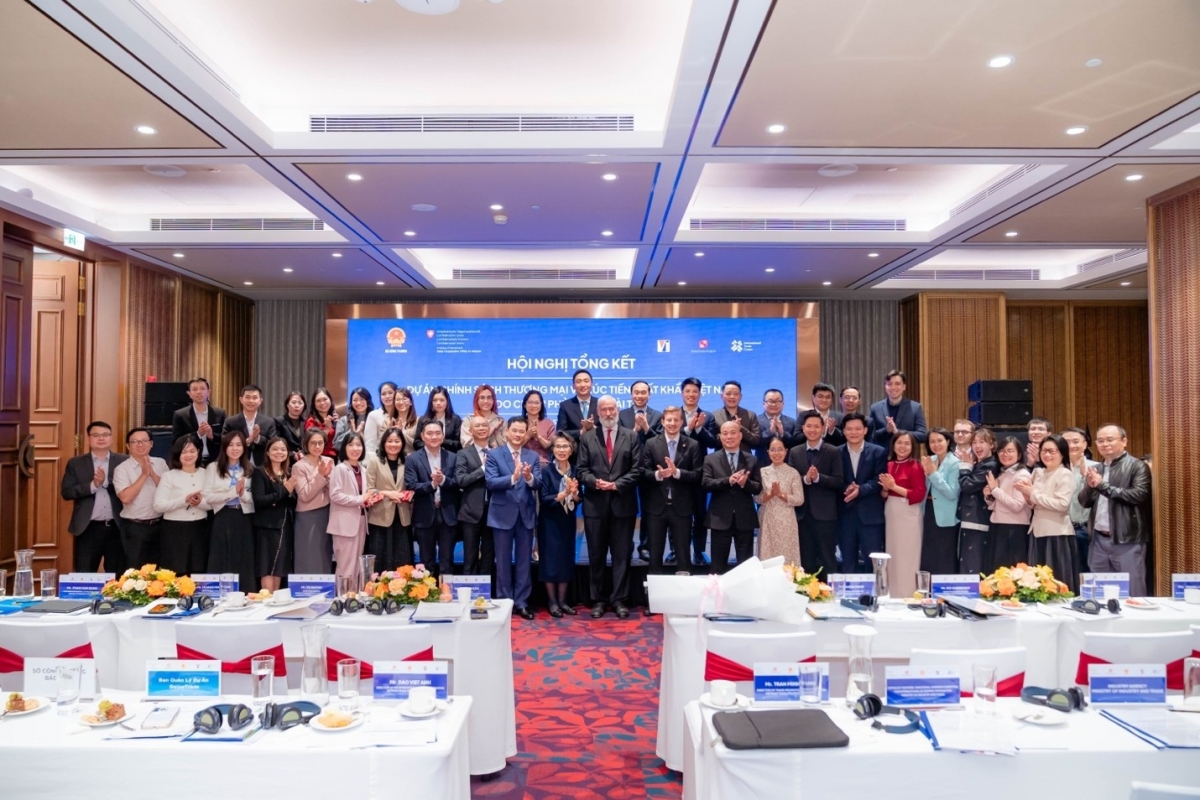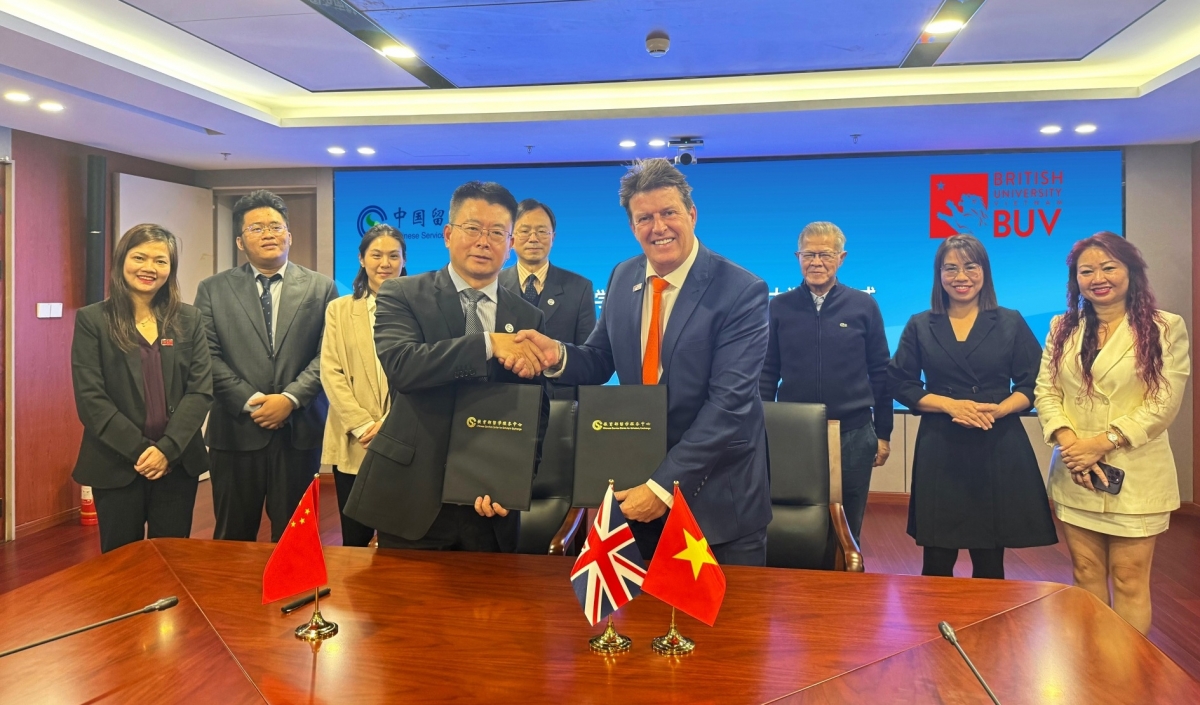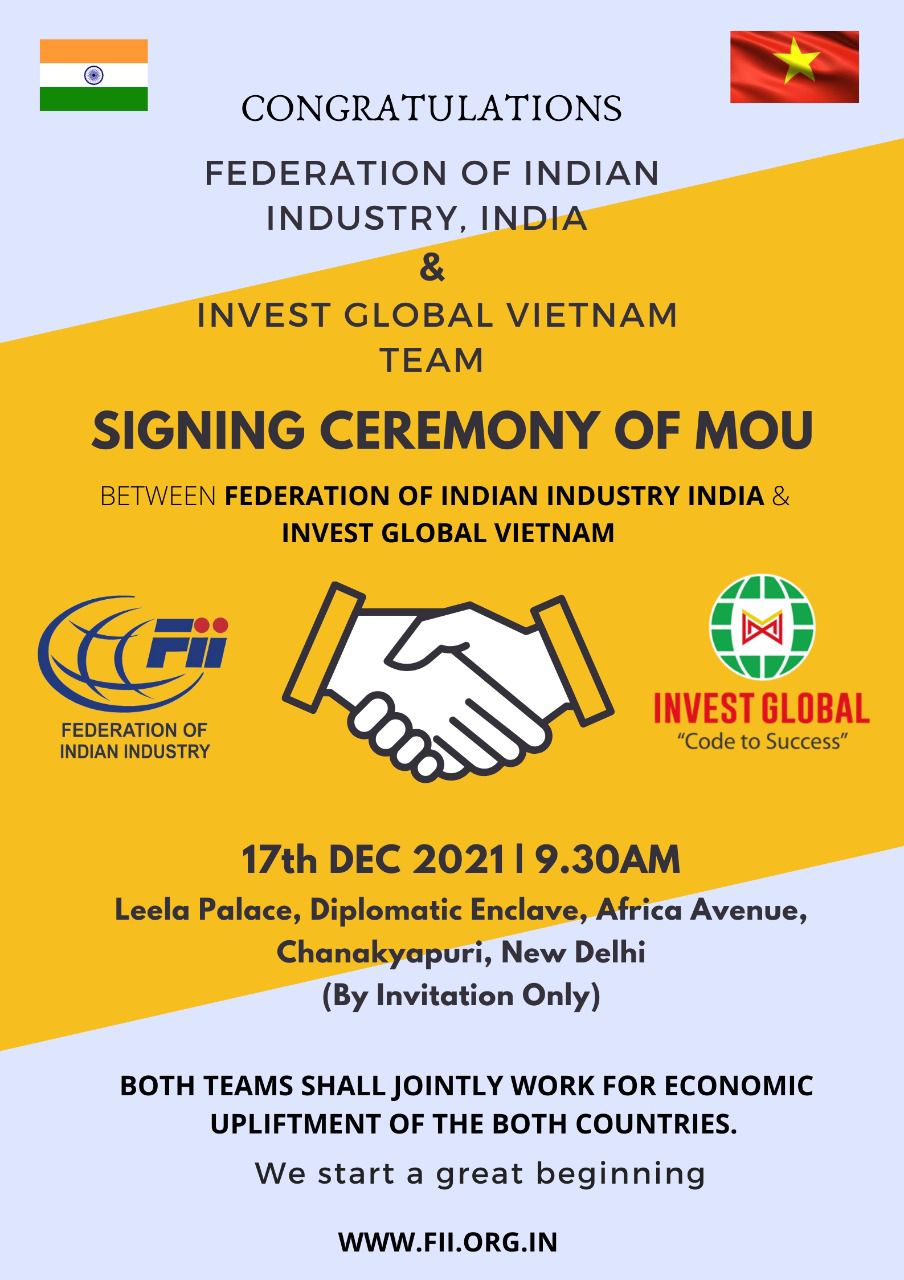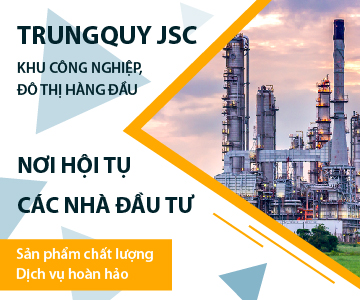INTERNATIONAL INVESTMENT
AND PORTAL
 Richard D. McClellan, vice chairman Vietnam IFC Advisory Council
Richard D. McClellan, vice chairman Vietnam IFC Advisory Council
While the full scope and enforceability of these proposed measures remain uncertain, they nonetheless signal a new chapter in the US-Vietnam trade relationship, one that will require both sides to navigate with greater care, coordination, and foresight.
Yet even amid this uncertainty, Vietnam remains one of the most compelling destinations for global investment in Southeast Asia. The question is not whether investment will continue to flow, but which types, into which sectors, and under what conditions. The answer depends on how Vietnam positions itself relative to its regional competitors, and how it addresses both immediate shocks and long-term structural gaps.
Vietnam has spent the last decade building its export-led growth model on the back of free trade agreements, low labour costs, and geopolitical neutrality. But the July tariff announcement signals a shift in US trade policy that is becoming more transactional and more protectionist, especially in areas seen as vulnerable to transshipment or overexposure to Chinese inputs.
For Vietnam, this is not the first shock. Pandemics, energy shortages, and inflation all tested its resilience. But this latest move comes just as the country is seeking to climb the value chain, develop its semiconductor and green tech ecosystems, and become an international financial centre. The stakes are therefore higher.
Which sectors will still thrive? Certain sectors remain well-positioned, such as consumer electronics and white goods. Vietnam has proven its competence in assembling and increasingly producing high-value electronics, such as TVs, refrigerators, mobile phones, and components for major global brands.
Vietnam is also positioning itself as a renewable manufacturing hub, especially in solar panel components and eletric vehicle (EV) parts. If it can secure key raw materials and invest in grid infrastructure, it will remain attractive to climate-oriented investors, especially those seeking an alternative to China’s dominance.
Meanwhile, global tech players continue to explore Vietnam as a location for regional data centres and backend support hubs. The sector’s success depends on solving the energy puzzle: providing clean, reliable power to run high-density computing at scale.
Additionally, while agricultural products are at risk of tariff escalation, niche categories like organic produce, speciality coffee, and processed food may still find a place in the US market, particularly if Vietnam can differentiate on traceability, sustainability, and origin branding.
Vietnam no longer competes in a vacuum. Some neighbours are aggressively courting the same investors, with some notable advantages.
Indonesia offers scale, a unified investment authority, and fast-track infrastructure development, particularly in battery and EV supply chains. Thailand has a track record of investor aftercare and strong auto industry foundations. And the Philippines is leveraging its English-speaking workforce and digital nomad visa push to attract mid-cap and tech service firms.
Vietnam’s comparative advantage will lie in its speed of implementation, responsiveness at the provincial level, and strong central coordination. But as investment inflows become more selective, these advantages must be sharpened.
Vietnam’s immediate priority must be to reduce uncertainty for current and prospective investors.
That includes clarifying its response to US tariffs. Fast action can provide reassurance, setting up inter-ministerial task forces for strategic sectors, especially those most exposed to US market shifts, and enhancing trade diplomacy, not just with the US, but with allies who can offer market access, co-production models, or diplomatic buffering.
Moreover, public communications must improve. Global investors are closely watching how Vietnam explains its strategy and anticipates policy shifts. Proactive engagement through commerce chambers and regional forums is vital.
Tariff shocks reveal the underlying vulnerabilities of any economy. In Vietnam’s case, the deeper problems are structural in different aspects.
Firstly is the institutional coherence. Multiple ministries and provinces compete for investor attention, often sending mixed messages. Vietnam needs unified pipelines for strategic sectors, clearer licence pathways, and professionalised investor services.
Secondly is the legal certainty. Investors cite inconsistent implementation of laws, frequent circular changes, and lack of enforceable dispute resolution as top concerns. Long-term capital requires long-term rules. Strengthening legal transparency, especially around data, industrial parks, and capital repatriation, will be crucial.
Next, to absorb more foreign investment, Vietnam must ramp up public-private partnerships, green bonds, and infrastructure-linked financing tools. If capital cannot be mobilised domestically, foreign inflows will be bottlenecked.
Another factor is human capital and research and development. Vietnam’s young labour force is a major asset, but it needs re-skilling, especially in high-tech areas. The new AI and semiconductor strategies offer a foundation, but must be implemented with industry buy-in.
Vietnam should reframe the narrative. It is not just a “factory of the world” - it is a rising hub of innovation, digital transformation, and strategic connectivity.
It should also pick its battles because it does not need to win every deal. Vietnam needs to win the deals that bring long-term capability and upstream value.
Vietnam has the ambition. It now needs the tools, and the unity, to match it.




